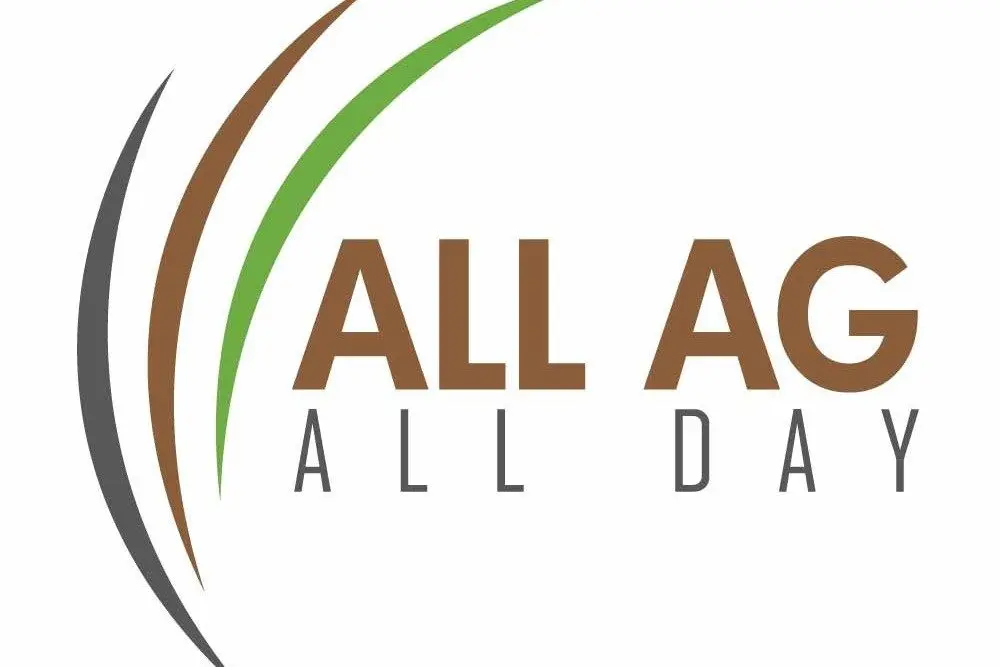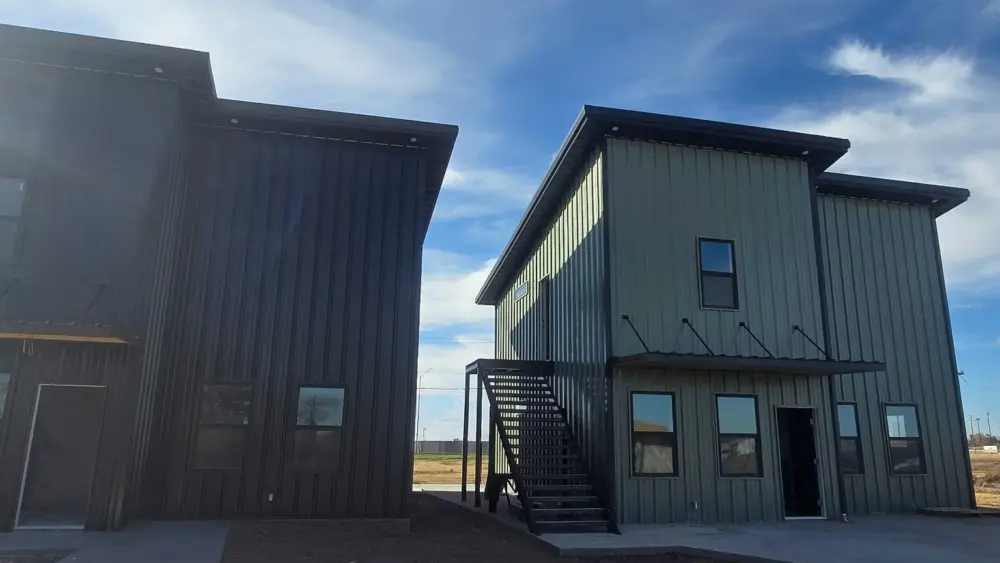
All Ag, All Day is the nation's only full-time farm radio station with studios in Floydada and Nashville, TN (www.AllAgNews.com)
Policy Signals To Ease High U.S. Beef Prices
WASHINGTON, DC – Beef prices are high because supplies are tight and shoppers keep buying. Years of drought shrank the national herd to the smallest since the 1950s, lifting cattle and boxed-beef values that flow through to the meat case. Retail checks show elevated levels — roughly $6-plus per pound for ground beef and low-to-mid teens for popular steak cuts — and relief has been slow.
At the White House, officials said they’re working on steps to bring prices down. Near-term levers matter most for hamburger: imported lean beef from Brazil is blended with well-marbled U.S. trim to raise lean percentage — it doesn’t replace U.S. steaks, it balances fat. Tariff relief would add lean trim and could ease burger prices first. By contrast, Mexican feeder cattle — currently halted over a livestock pest — go to U.S. feedlots and finish with more marbling, so they don’t directly help the ground-beef market.
Longer term, ranchers are beginning to retain heifers, but biology is slow — beef output typically takes about two years to grow after rebuild starts. Without added lean imports or softer demand, price easing will likely be gradual.
Farm-Level Takeaway: Any policy that restores lean trim flows helps burger prices first; broader relief awaits herd rebuilding and improved packer margins.
**********
Ethanol Output Ticks Higher As Stocks Ease Slightly
LUBBOCK, TX – Ethanol production edged up to a five-week high as harvest advances. EIA data analyzed by the Renewable Fuels Association show output at 1.07 million barrels per day (b/d) — about 45.11 million gallons/day — up 0.3% week over week, 3.1% above last year, and 4.2% over the three-year average. The four-week average eased 0.5% to 1.04 million b/d, an annualized pace of 16.00 billion gallons.
Inventories slipped 0.4% to 22.6 million barrels, yet remained 1.6% above a year ago and 4.1% over the three-year average. Stocks declined everywhere except the East Coast (PADD 1) and Rocky Mountains (PADD 4). Gasoline supplied — a demand proxy — fell 5.2% to 8.46 million barrels per day (b/d) (a 19-week low, ~129.97 bg annualized), 1.9% under last year and 3.3% below the three-year average.
Refiner/blender net inputs of ethanol rose 2.6% to 915,000 barrels per day (b/d) (~14.07 bg annualized), 0.3% above last year and 0.4% over the three-year average. Exports eased 21.7% to an estimated 108,000 b/d (~4.5 million gal/day). EIA has shown no imports for over a year.
Farm-Level Takeaway: Slightly higher output amid softer gasoline pull points to steady corn grind — watch regional stocks and export pace for basis clues.
**********
AgAmerica: Tight Cattle Supplies Shape 2025 Ranch Strategies
LAKELAND, FL – U.S. cattle numbers are at their smallest since 1951, creating a high-price, low-supply market that rewards careful planning. AgAmerica Lending says calf and fed-cattle prices remain elevated as consumers keep buying beef, even with retail records. That combination supports cow-calf returns but pressures stocker and feedlot margins — a squeeze that will influence bids, basis, and the pace of herd rebuilding through 2026.
Key signals point to gradual expansion. Beef-cow slaughter has slowed about 17 percent from last year — a sign of retention — while July measures showed 10.9 million head on feed (-2%), 1.6 million placements (-6%), and 1.75 million marketings (-6%). Texas cattle on feed fell 9.1 percent. At the store, ground beef averaged roughly $6.25 per pound; live steers averaged about $242 per hundredweight, with USDA expecting still-strong prices to carry into 2026. Feeder imports from Mexico are sharply lower after a screwworm-related suspension, keeping supplies tight in the Southwest.
Ranch finances matter as much as herd moves. AgAmerica highlights blended retention-and-sale plans, use of CME hedges and Livestock Risk Protection, disciplined cash-flow reserves for restocking, and succession pathways for new entrants while asset prices are high.
Farm-Level Takeaway: Expect firm calf and fed-cattle prices — pair selective heifer retention with prudent hedging and liquidity to bridge rebuilding costs.
**********
Drought Drives Highest Farm Losses, Trace One Finds
NASHVILLE, TN – Natural disasters are a growing force behind food-price pressure and tighter farm margins — and drought is the biggest culprit, according to a new Trace One study by Federico Fontanella. Using FEMA and USDA data, researchers estimate average annual U.S. agricultural losses of $3.48 billion, with drought accounting for $1.9 billion — more than half. Hurricanes add about $485 million a year, flooding $437 million, and cold waves $286 million, with hail, wind, heat waves, tornadoes, winter weather, and wildfires adding hundreds of millions more.
Losses are uneven across regions. California leads with ~$1.3 billion in expected annual farm losses — and the highest per-farm hit (~$20,528) — reflecting the vulnerability of high-value fruits, nuts, and vegetables to water scarcity. Next are Texas (~$205 million), then Iowa, North Carolina, and Florida. At the county level, Santa Barbara, CA tops the list at ~$245 million a year, with Yolo, Napa, Sutter, and Colusa also high. Nationally, the average per-farm loss is $1,851.
Recent shocks show how hazards translate to costs — April 2025 flooding in eastern Arkansas damaged ~$99 million in crops, while Hurricane Helene (2024) prompted $221.2 million in USDA disaster block grants for North Carolina.
Farm-Level Takeaway: Prioritize drought resilience — water, insurance, and crop mix — and use local hazard maps to target investments in infrastructure, coverage, and diversification.




